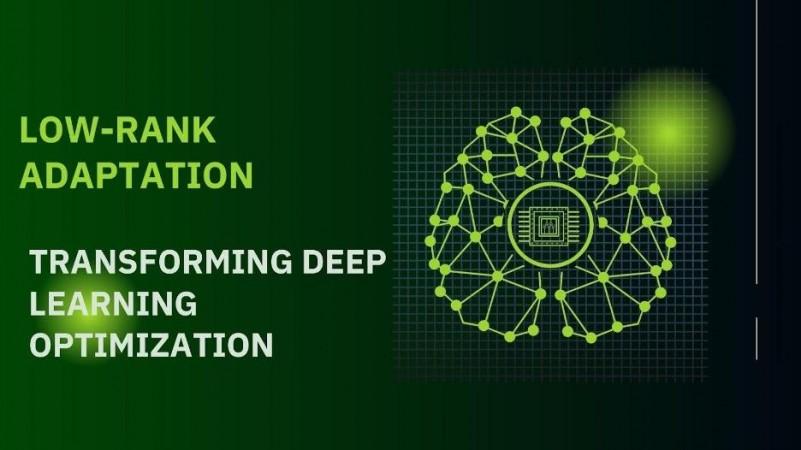
In the rapidly evolving field of artificial intelligence, constant innovation is redefining the limits of technology. Subash Patel, a leading expert in model optimization, introduces an in-depth analysis of Low-Rank Adaptation (LoRa), a cutting-edge technique poised to transform deep learning model optimization. LoRa offers a novel approach to fine-tuning large models, particularly in resource-constrained environments, by significantly reducing the number of trainable parameters without sacrificing performance. This breakthrough has the potential to make advanced AI models more efficient and widely deployable.
Optimizing Models for Efficiency
Deep learning models are known for their immense size and complexity, often comprising millions or even billions of parameters, which require significant computational resources to train and deploy, especially in real-world scenarios such as mobile devices or edge computing platforms. LoRa addresses these challenges by introducing an innovative approach that reduces the number of trainable parameters while maintaining model performance. While traditional optimization techniques like pruning and quantization have been used to mitigate excessive memory usage and high computational costs, they come with trade-offs that can affect performance. LoRa, by leveraging low-rank matrix factorization, reduces model size with minimal compromise on accuracy, offering a solution that preserves the model's original structure.
Understanding Low-Rank Adaptation
At its core, LoRa works by decomposing large neural network weight matrices into smaller matrices, significantly reducing the number of parameters. For example, in the case of the BERT-large model—a widely used natural language processing (NLP) architecture—LoRa can achieve a 99.5% reduction in trainable parameters without sacrificing performance. This is particularly valuable for fine-tuning models in task-specific applications, where maintaining performance while reducing computational overhead is critical. The low-rank factorization technique is especially useful in models where memory and computational power are limited, as it optimizes models without altering their architecture, facilitating deployment on devices like smartphones or in real-time applications such as speech recognition or autonomous driving systems.
LoRa in Action: Enhancing Real-World Applications
LoRa's impact extends across multiple domains, including NLP, computer vision, and speech recognition. In NLP, where models like GPT and BERT are prominent, LoRa enables fine-tuning for specific language tasks with far fewer parameters, allowing faster and more efficient model deployment, especially in scenarios involving low-resource languages or domain-specific content. In computer vision, LoRa has shown promise in compressing convolutional neural networks (CNNs) for image classification, with fully connected layers—often consuming a significant portion of model parameters—benefiting the most from its low-rank factorization, achieving high compression without sacrificing accuracy. Similarly, in speech recognition, LoRa has proven effective in compressing recurrent neural networks (RNNs) and long short-term memory (LSTM) models, enabling faster inference times and improved accuracy, making these systems more accessible for real-world applications.
Benefits and Trade-offs of Low-Rank Adaptation
LoRa excels by reducing computational load while preserving model performance, making it highly efficient for fine-tuning and deploying models across a wide range of devices and applications. By minimizing the number of trainable parameters, LoRa improves inference speed and reduces memory usage, making it ideal for resource-constrained environments. Unlike pruning, which can modify a model's structure, LoRa retains the architecture, ensuring easier integration and interpretability. However, LoRa presents challenges, including increased training complexity, as hyperparameters require careful tuning for optimal results. Additionally, aggressive parameter reduction may lead to accuracy loss in some tasks, and determining the ideal rank for each layer demands empirical tuning and precise adjustments.
In conclusion, Subash Patel's paper on Low-Rank Adaptation presents a significant step forward in the field of model optimization. By reducing computational requirements and maintaining performance, LoRa opens new possibilities for deploying AI systems in real-world environments. As research in this area continues to evolve, LoRa & it's fundamentals is set to become a cornerstone of deep learning optimization, helping to make powerful AI models more accessible and efficient across industries.

















